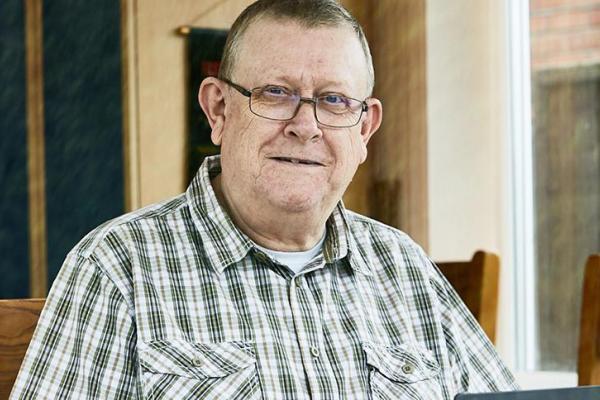Unobtrusive methods for measuring the experience of people with dementia
The are unobtrusive ways you can gather the experiences of people who have dementia. They include content analysis, empathy mapping, video, photo and solicited diaries.
- You are here: Unobtrusive methods for measuring the experience of people with dementia
- Content Analysis
- Empathy Mapping for people with dementia
- Using personas to gather dementia experiences
- Video, photo, and solicited diaries
- Service user diaries for people with dementia
What if it's not appropriate in your context for people with dementia to get involved directly?
Some qualitative research methods do not require people to be able to give a direct response to a question. Sometimes known as 'unobtrusive research' these methods include looking to tell people's stories through gathering data using images, objects and observation.
Might these be the tools for you?
Yes, if you are looking to learn from the experience of people with limited or no communication skills, more severe and complex disability.
Yes, if service users find more direct methods tiring and frustrating.
Yes, if you want to avoid the risk of people changing their behaviour because there's a researcher asking them questions or watching them.
No, if you need to keep control over the data you collect.
Tips
Be very careful about ethics when considering using unobtrusive methods to learn about people
-
confidentiality and data protection: collecting information without people's knowledge may be violating their right to privacy, misusing their personal data
- Some types of information may be public - such as people's conversations on public discussion forums - so not involve an invasion of privacy.
- consent: may not be gained directly, so check your organisation's processes are sufficient.
Beware of assuming people don't want to get involved, or will be unable to get involved.
- In some settings staff spend a lot of time in busy, perhaps short-staffed environments, looking to manage risks. This may create some unconscious bias among well-intentioned staff, who are in the habit of looking more at what people can't do, rather than whether, and how, adjustments and support might enable them to have their say about their care.
- There are ways to support communication with people with dementia, sensory and other disability needs.


